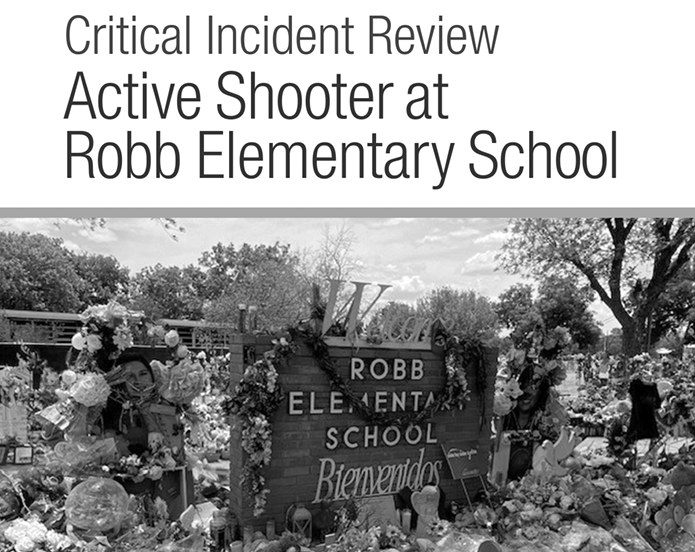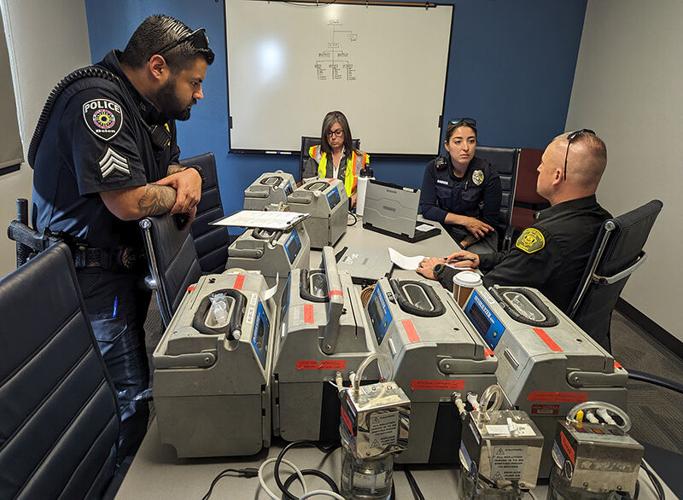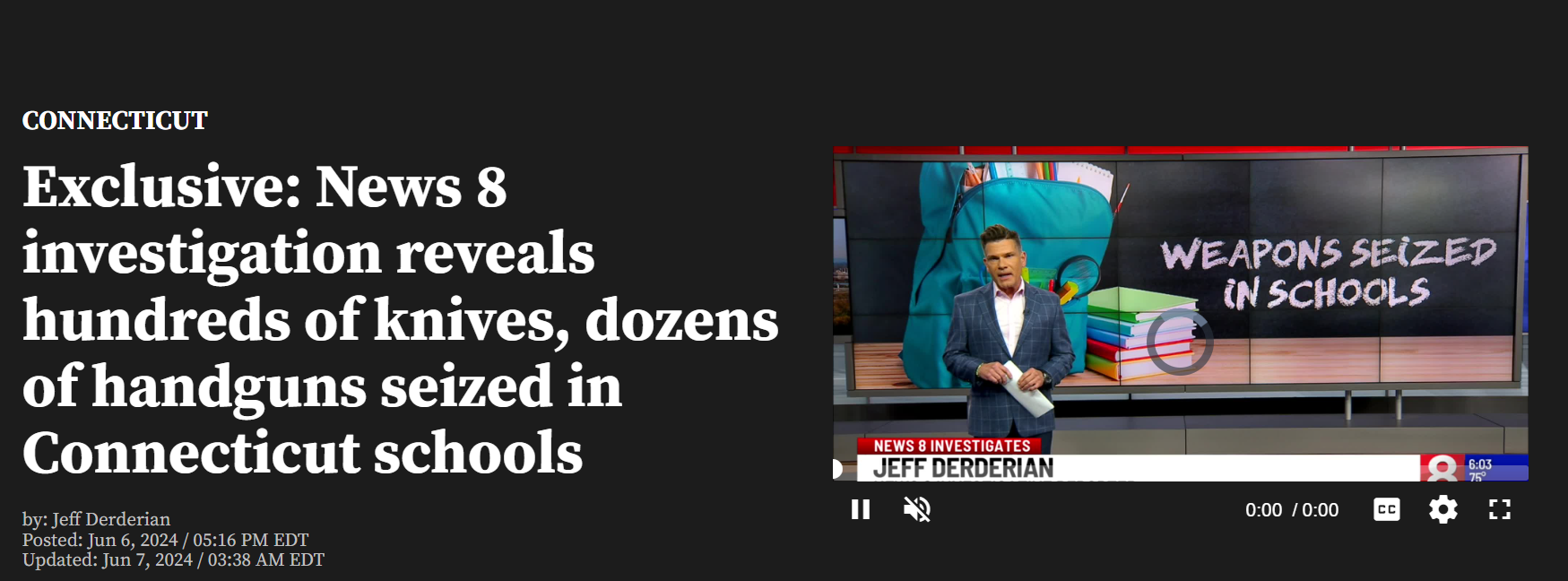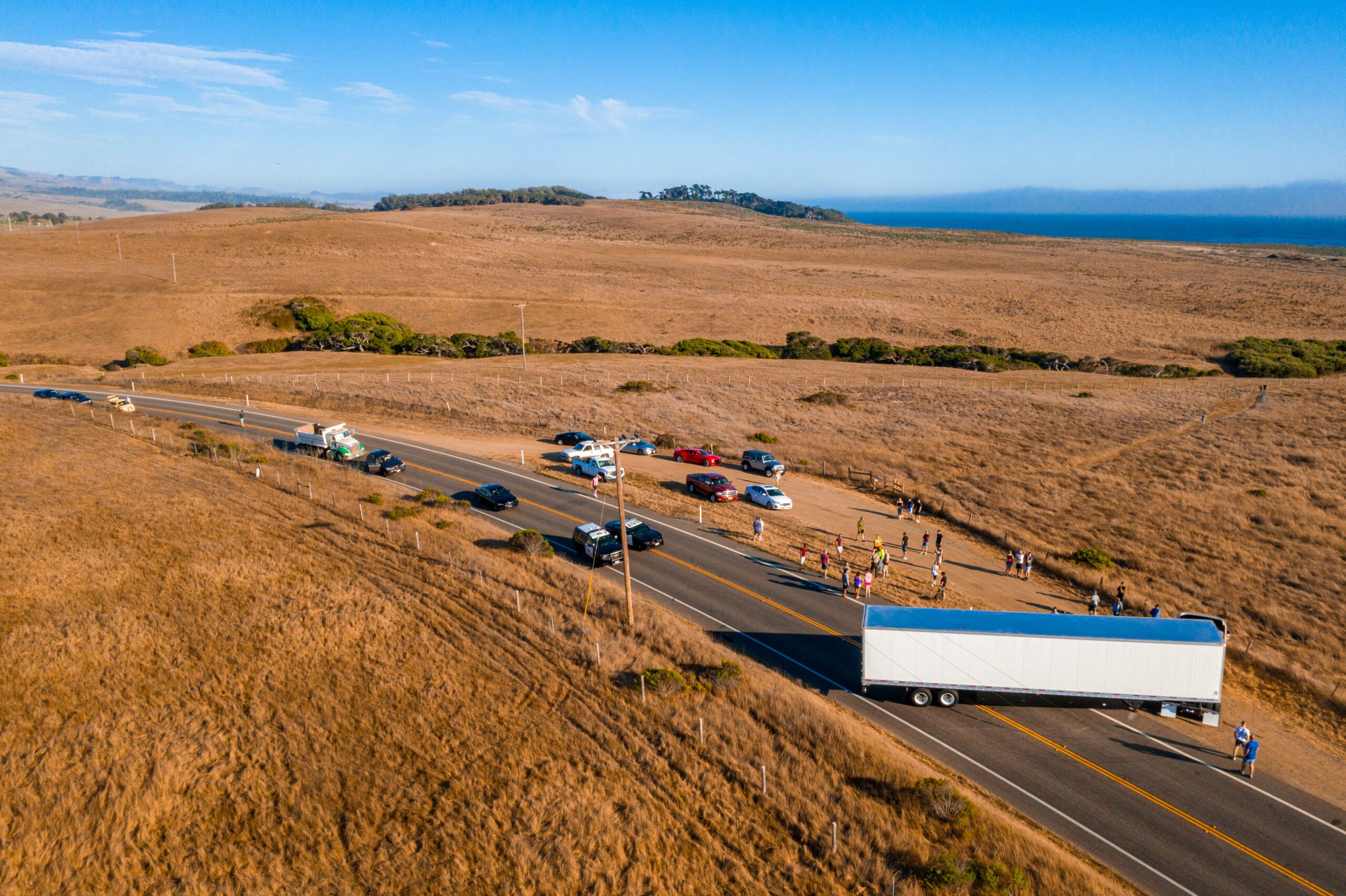The DOJ Report on the Uvalde School Shooting Response was released last Thursday. The disastrous events that unfolded on May 24, 2022, were and continue to be devastating to the victims, their families, the Uvalde community, and everyone across the country.
We hope this report will provide some semblance of closure for those most impacted, and inspire action on all levels to prevent future crises from unfolding in a similar, tragic manner. With a mission to make schools and communities everywhere safer and stronger, and a system designed as the solution for these exact circumstances, we feel it is crucial to share key findings.
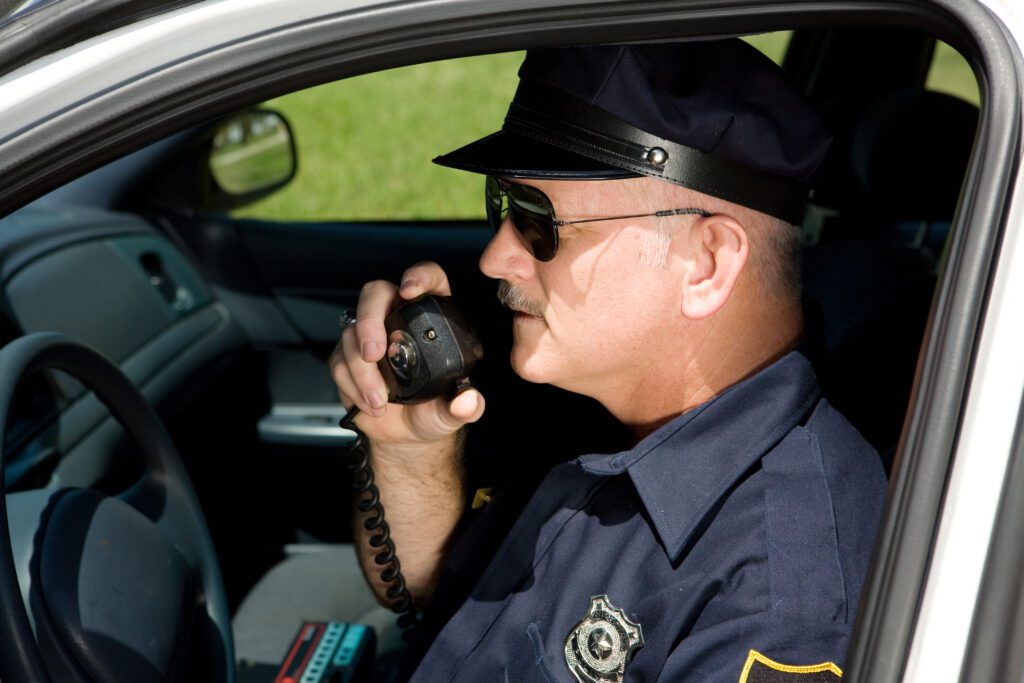
The Timeline and Key Findings From the DOJ Report on the Uvalde School Shooting Response
Throughout the 610-page report on the Uvalde School Shooting Response, poor communication channels and copious misinformation are repeatedly identified as key contributing factors to the delayed, uncoordinated response.
At 11:28 a.m. that day, a call was made to 911 alerting them of a crash at Robb Elementary School.
A minute later, another 911 call was made by one of two funeral employees who witnessed the crash, were fired at by the shooter, and saw him “jumping the schoolyard”. Simultaneously, a UCISD Staff on a separate 911 call says the subject has entered the campus, “the kids are running”, and a lockdown takes effect.
At 11:32 a.m. the first UPD patrol vehicles arrive.

At 11:46 a.m., when parents of children arrived at the school, members of dispatch and certain officers on site were still struggling to communicate that ‘class is in session’. Officers conducted a barricade response under the assumption that no victims were present.
For 20 minutes, from 11:50 a.m. until 12:10 p.m., the false notion that Chief Arredondo is in the room with the subject is communicated over radio and in person.
At 12:18 p.m., despite multiple calls from students inside the 111 and 112 classrooms, and dispatch relaying this information to members of the onsite team, significant confusion about the status of victims inside remains.

At 12:20 p.m. it was widely acknowledged that victims were in rooms 111 and 112, though officers prioritized evacuating other classrooms as they suspected the doors were locked.
It was not until roughly 12:48 p.m., more than one hour after police were informed that the subject had entered the school and students were in lockdown, that officers entered the room with the subject, and discovered the door was not locked.
At 12:49:58 p.m. the subject exits the closet of classroom 111, and by 12:58 p.m. he is killed in an exchange of gunfire.

It’s Time to Reassess Our Approach to School Safety and Security – to Save Time and Save Lives
The Uvalde School Shooting Response makes clear that it is time to reassess our approach to school safety and security. In crises like this, every second counts, but poor communication and misinformation wasted over 60 minutes – costing innocent lives.
It’s 2024, and the grave reality is that mass shootings remain a top concern for our country. Until this changes, we can and must improve our school safety, security, and emergency response plans to minimize the harm caused.
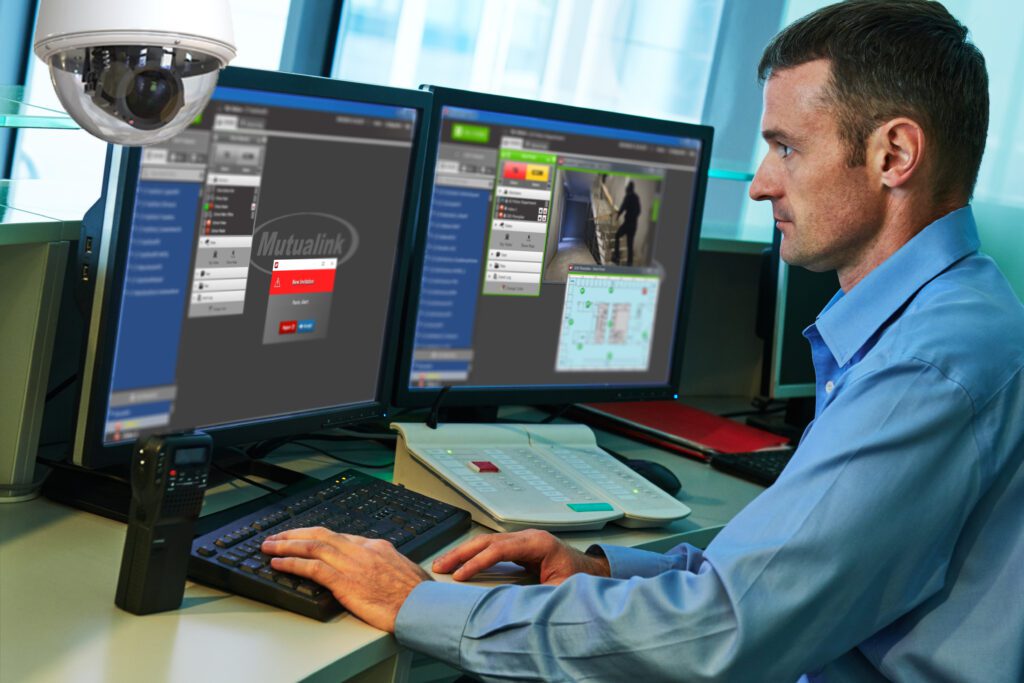
How We Can Save Minutes When Every Second Counts
The DOJ Report on the Uvalde School Shooting Response shares, “Responding to mass violence incidents can be complex and challenging since it requires quick thinking, clear communication, and effective coordination among all responding agencies to minimize the harm caused by such incidents.”
Mutualink’s Automated Emergency Response solution works seamlessly with existing security systems to instantaneously connect Schools to Police in Emergencies, providing direct communications and live views of what is happening.
This ensures critical information is provided in real time, empowering rapid situational awareness and response and saving minutes when every second counts
Click here to learn more about Mutualink’s Automated Emergency Response.
